WHAT DOES AN ORACLE TECHNICAL CONSULTANT DO?
I. Introduction to Oracle technical consultant
Oracle technical consultant plays a vital role in organizations by leveraging their expertise to implement, customize, and optimize Oracle software solutions. With a deep understanding of Oracle technologies and tools, these professionals provide valuable guidance in ensuring efficient and effective use of Oracle systems. In this article, we will explore the responsibilities, skills required, benefits, and career opportunities associated with the role of an Oracle technical consultant.
II. Responsibilities of an Oracle Technical Consultant
Oracle technical consultants are responsible for various tasks throughout the software development lifecycle. Let’s take a closer look at their key responsibilities:
Requirement Gathering and Analysis
Oracle technical consultants work closely with clients to understand their business needs and objectives. They conduct thorough requirement gathering sessions, analyze existing systems and processes, and identify areas where Oracle solutions can be implemented to improve efficiency and productivity.
Designing and Developing Oracle-Based Solutions
Based on the gathered requirements, Oracle technical consultants design and develop customized solutions using Oracle technologies. They create technical specifications, configure Oracle software, and develop extensions or integrations to meet specific business requirements.
Implementing and Configuring Oracle Software
Once the design phase is complete, Oracle technical consultants oversee the implementation and configuration of Oracle software. They ensure that the system is set up correctly, modules are integrated seamlessly, and data is migrated accurately. They collaborate with cross-functional teams and stakeholders to ensure a smooth transition to the new Oracle environment.
Conducting System Testing and Troubleshooting
Oracle technical consultants perform comprehensive system testing to verify the functionality, performance, and reliability of Oracle solutions. They identify and address any issues or bugs that arise during testing, ensuring that the system meets the desired quality standards. In case of technical problems or errors, they troubleshoot and provide solutions to minimize disruptions.
Providing Technical Support and Maintenance
Oracle technical consultants offer ongoing technical support to clients, assisting with system enhancements, updates, and maintenance activities. They promptly address any user concerns or issues, ensuring the smooth operation of Oracle software. They also provide guidance on best practices, performance optimization, and security measures.
III. Skills and Qualifications Required to Oracle technical consultant
To excel as an Oracle technical consultant, individuals need to possess a specific set of skills and qualifications. These include:
Strong Knowledge of Oracle Technologies and Tools
Oracle technical consultants should have a deep understanding of Oracle’s software suite, including Oracle Database, Oracle E-Business Suite, Oracle Fusion Middleware, and Oracle Cloud Applications. They should stay updated with the latest Oracle releases, features, and industry trends.
Proficiency in Programming Languages and SQL
A strong foundation in programming languages like Java, PL/SQL, and SQL is essential for Oracle technical consultants. They should be able to write efficient queries, develop scripts, and customize Oracle applications using these languages.
Analytical and Problem-Solving Skills
Oracle technical consultants need to have excellent analytical and problem-solving abilities. They should be able to analyze complex business requirements, identify potential challenges, and propose effective solutions. Strong critical thinking skills and attention to detail are crucial in this role.
Effective Communication and Collaboration Abilities
As Oracle technical consultants work closely with clients and cross-functional teams, effective communication and collaboration skills are essential. They should be able to translate technical concepts into non-technical terms, clearly communicate project updates, and foster positive relationships with stakeholders.
IV. Benefits of Hiring Oracle technical consultant
Hiring Oracle technical consultants brings several benefits to organizations implementing Oracle solutions. Some of the key advantages include:
Expertise and Specialized Knowledge
Oracle technical consultants possess extensive knowledge and expertise in Oracle technologies. Their specialized skills enable them to provide valuable insights, best practices, and guidance throughout the implementation and optimization process.
Efficient Implementation and Customization
Oracle technical consultants ensure a smooth and efficient implementation of Oracle software. They have experience in configuring and customizing Oracle solutions to align with specific business requirements, minimizing potential delays and ensuring a tailored solution.
Enhanced System Performance and Reliability
By leveraging their technical expertise, Oracle consultants optimize system performance, ensuring that Oracle software operates smoothly and efficiently. They fine-tune configurations, monitor system health, and make necessary adjustments to maximize performance and reliability.
Ongoing Support and Maintenance
Oracle technical consultants offer ongoing support and maintenance services, providing organizations with the assurance that they can rely on expert assistance when needed. They address system issues, perform updates, and provide recommendations to optimize the usage of Oracle software.
V. Industries and Sectors that Utilize Oracle technical consultant
Oracle technical consultants are in demand across various industries and sectors. Some of the sectors that commonly utilize Oracle solutions and, consequently, rely on Oracle technical consultants include:
- IT and software development companies
- Financial and banking institutions
- Manufacturing and supply chain organizations
- Healthcare and pharmaceutical sectors
- Retail and e-commerce industries
In these sectors, Oracle technical consultants play a vital role in optimizing business processes, ensuring data integrity, and enabling efficient decision-making.
VI. Challenges Faced by Oracle technical consultant
Being an Oracle technical consultant comes with its own set of challenges. Some common challenges include:
Keeping up with Technological Advancements
Oracle continuously releases updates, new features, and enhancements to its software suite. Staying updated with these technological advancements requires consultants to continuously learn and adapt to changes to provide the best solutions to their clients.
Adapting to Changing Business Requirements
Organizations’ business needs and requirements can change over time. Oracle technical consultants need to be flexible and adaptable, adjusting their strategies and solutions to align with evolving business goals.
Handling Complex Integration Projects
Integrating Oracle software with existing systems and applications can be complex, requiring careful planning and execution. Oracle technical consultants need to navigate through integration challenges, ensuring seamless data flow and compatibility between different systems.
Managing Stakeholder Expectations
Oracle technical consultants work closely with stakeholders, including business users, IT teams, and management. Managing diverse expectations, balancing priorities, and effectively communicating project progress are crucial for successful outcomes.
VII. Career Path and Growth Opportunities
The role of an Oracle technical consultant offers promising career opportunities and growth potential. Individuals can start their careers as junior consultants or associates, and with experience and skill development, progress to senior consultant or managerial roles. Continuous learning, obtaining Oracle certifications, and expanding domain knowledge are key to advancing in this field.
VIII. Conclusion
Oracle technical consultants play a crucial role in implementing, customizing, and optimizing Oracle software solutions for organizations. With their expertise in Oracle technologies, programming languages, and problem-solving, they contribute to efficient system implementation, improved performance, and ongoing support. Hiring Oracle technical consultants brings significant benefits and ensures organizations can leverage the full potential of Oracle solutions.
IX. FAQs
- What is the average salary of an Oracle technical consultant?
- The average salary of an Oracle technical consultant varies based on factors such as experience, location, and industry. However, on average, it can range from $70,000 to $120,000 per year.
- How long does it take to become an Oracle technical consultant?
- The timeline to become an Oracle technical consultant depends on individual circumstances, such as prior experience and education. Generally, it takes several years of relevant experience and acquiring Oracle certifications to establish oneself as a proficient Oracle technical consultant.
- Can Oracle technical consultants work remotely?
- Yes, many Oracle technical consultants have the flexibility to work remotely, especially with the rise of remote work trends and advancements in technology that enable effective virtual collaboration.
- Are there any specific certifications for Oracle technical consultants?
- Oracle offers various certifications for technical consultants, such as Oracle Certified Professional (OCP) certifications for Oracle Database, Oracle Cloud, and Oracle E-Business Suite. These certifications validate an individual’s expertise in specific Oracle technologies.
- How does an Oracle technical consultant collaborate with other teams in an organization?
- Oracle technical consultants collaborate closely with cross-functional teams, including business users, IT teams, and project managers. They work together to gather requirements, design solutions, and ensure successful implementation and integration of Oracle software. Effective communication and collaboration skills are essential for seamless teamwork.




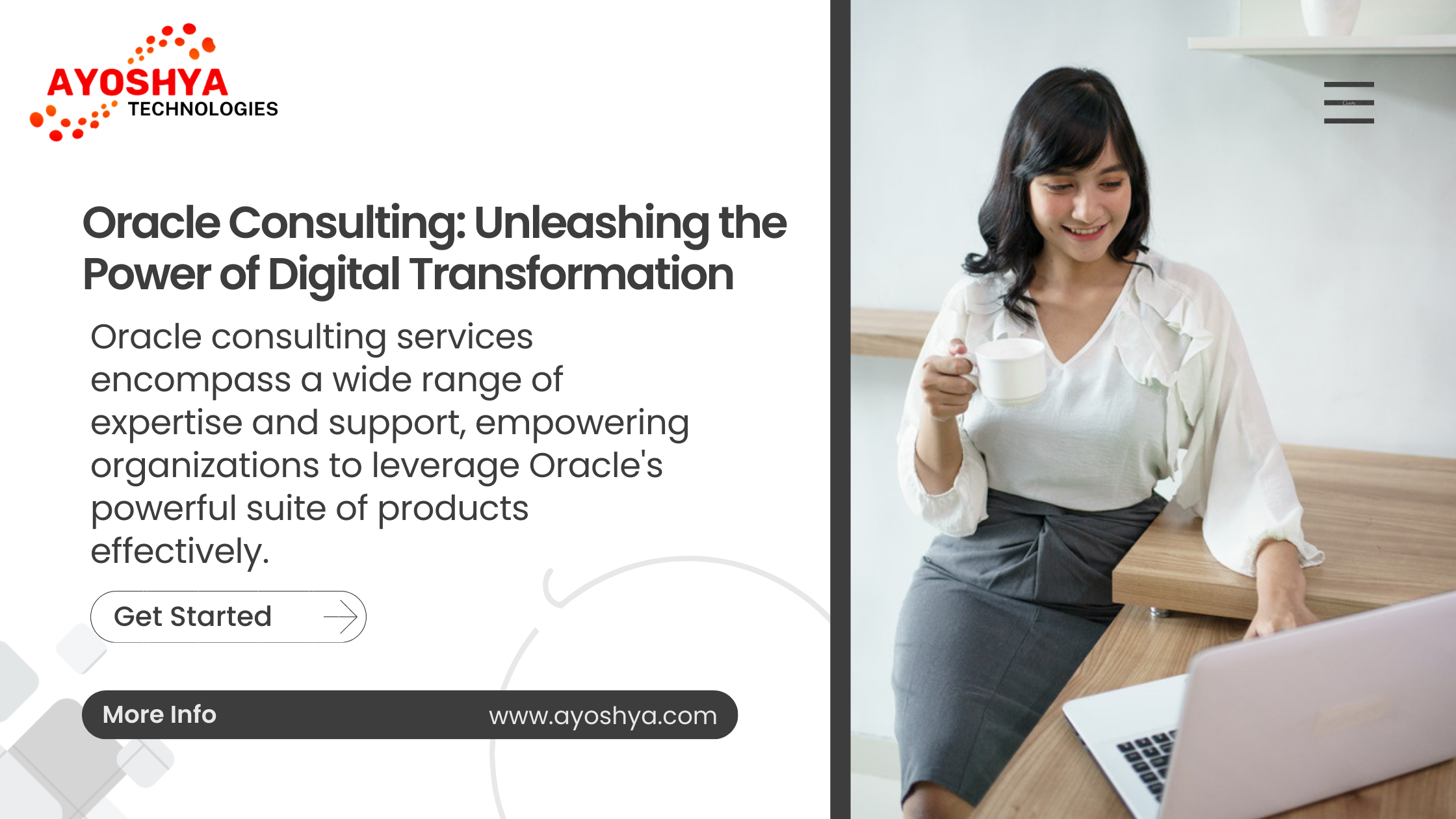
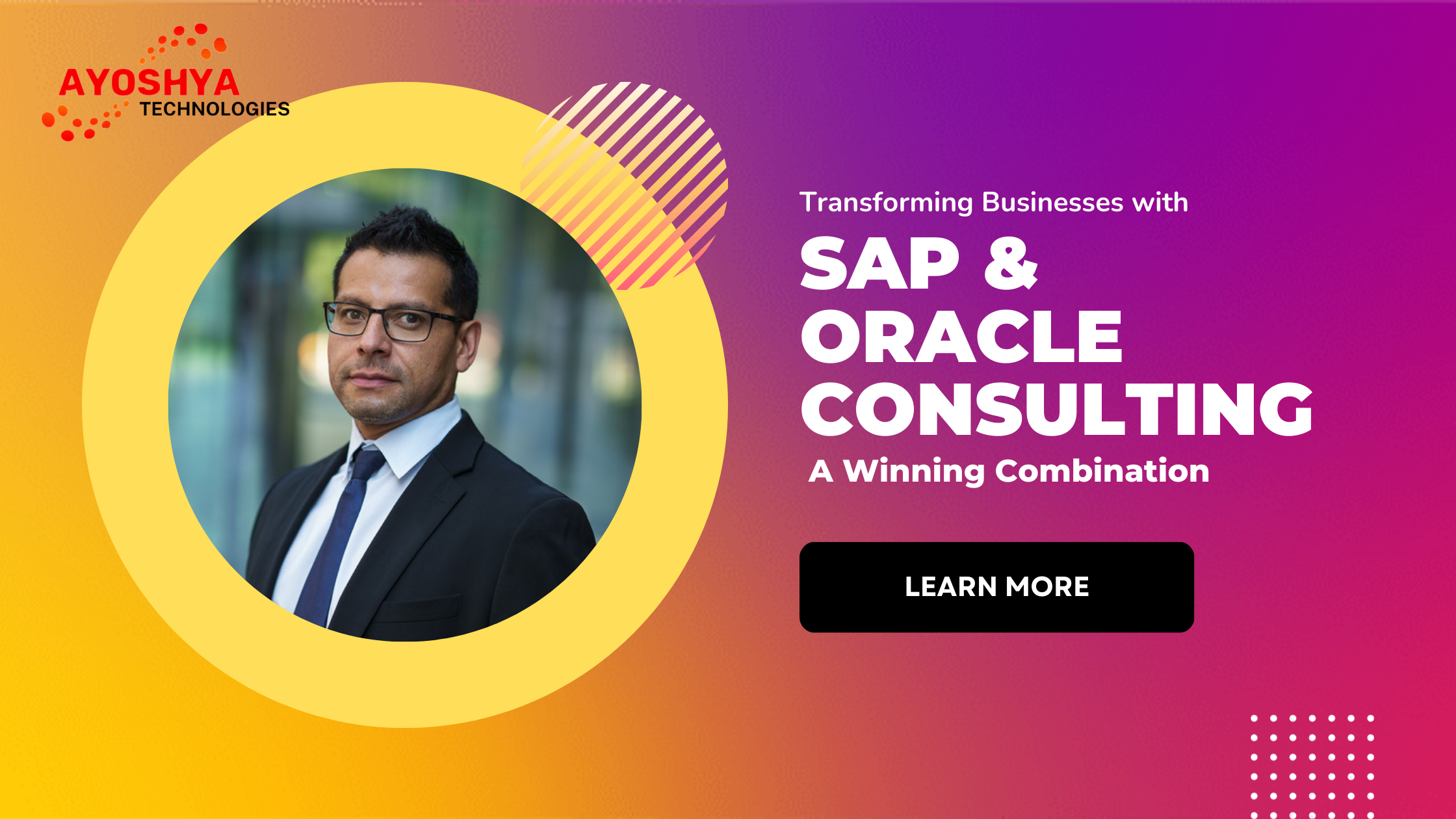

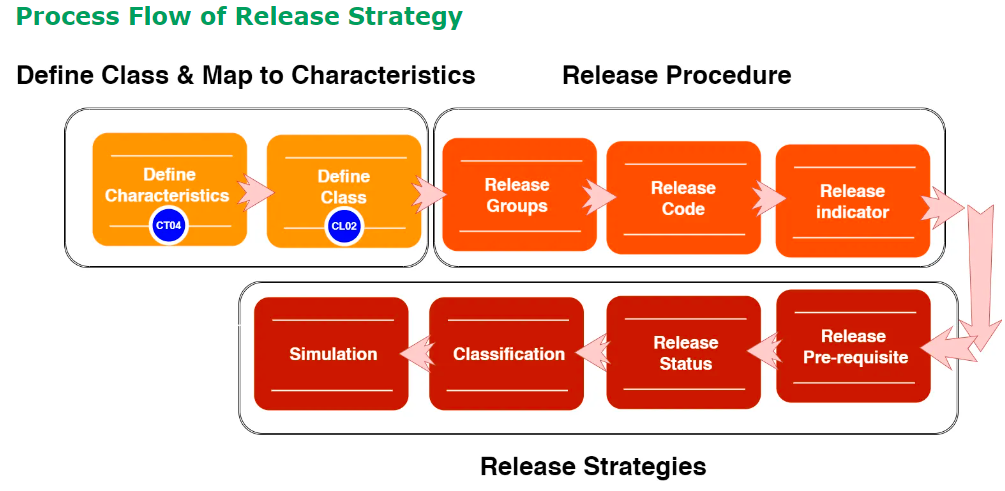

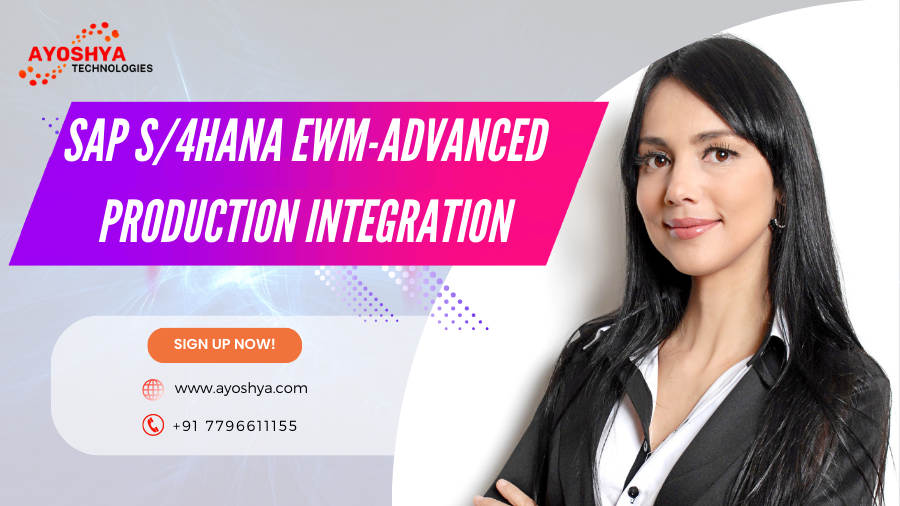
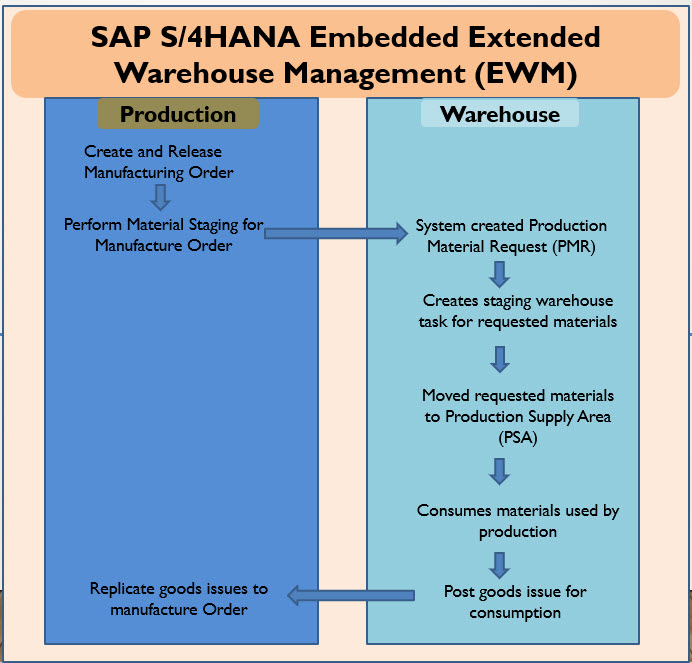

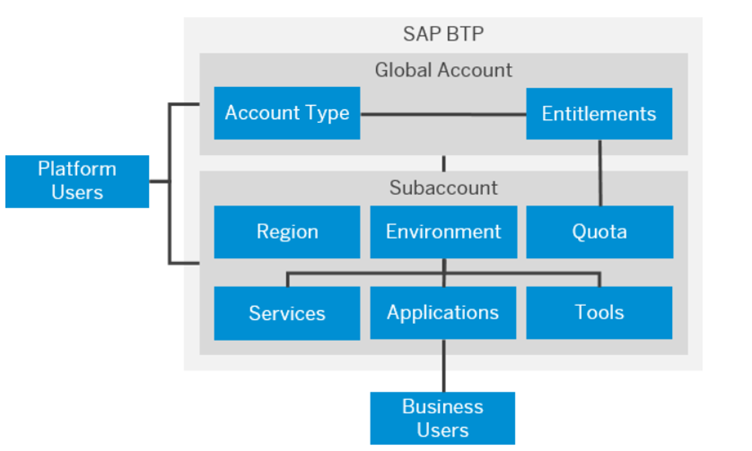
![SAP Commissions – Smart Data Integration [SDI]](https://www.ayoshya.com/wp-content/uploads/2023/05/SAP-Commissions-–-Smart-Data-Integration-SDI.png)

